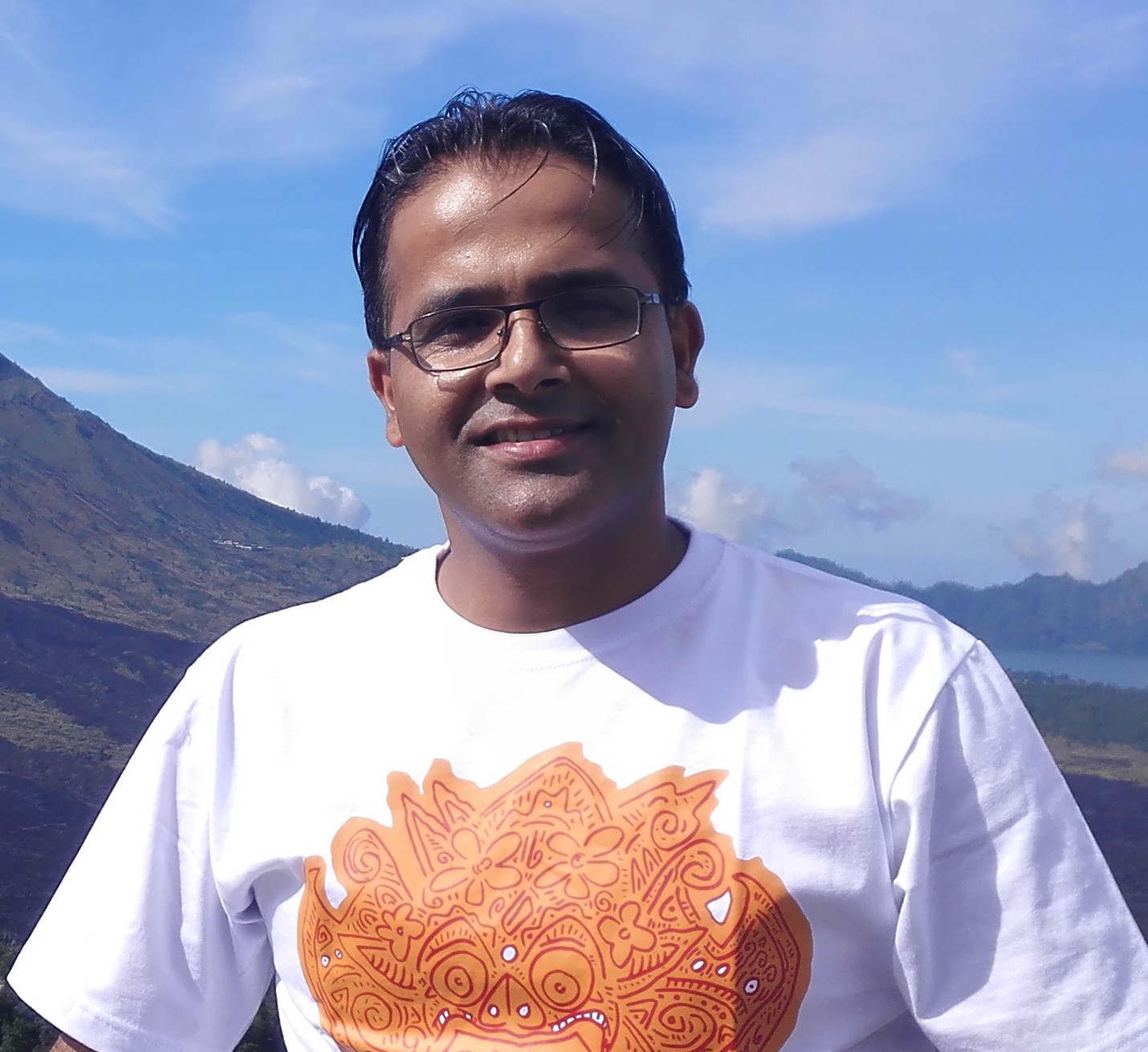The Global Human Development Report (HDR) 2020 – “Beyond Graduation: Productive Transformation and Prosperity”, a flagship publication of the United Nations Development Programme (UNDP) was launched in Nepal on December 16. Published six years after the previous issue, this report provides a roadmap for the country’s non-reversible and sustainable graduation from its current status of a least developed country (LDC) to a developing country. It also calls upon Nepal to focus on enhancing human capabilities and productivity to ensure a smooth transition.
According to the report, Nepal’s Human Development Index (HDI) value for 2019 stood at 0.602 which put the country in the medium human development category positioning it at 142 out of 189 countries and territories. It is notable that, between 1990 and 2019, Nepal’s HDI value grew from 0.387 to 0.602, an increase of 55.6%. Furthermore, between 1990 and 2019, Nepal’s life expectancy at birth increased by 16.4 years, mean years of schooling increased by 3.0 years, and expected years of schooling increased by 5.2 years. Nepal’s Gross National Income (GNI) per capita increased by 151.9% between 1990 and 2019.
Pradeep Kumar Gyawali, Minister for Foreign Affairs of Nepal, launched the report in the presence of representatives from the government, development partners, civil society organizations, the private sector, and the media. The report was also launched in seven provinces of Nepal by the chief ministers of the respective provincial governments. These eight events were attended by over 1000 people from across the country virtually.
Launching the report, Minister Gyawali noted that the Human Development Reports have shaped policy debate over the past three decades by evaluating alternatives to development and human welfare. Social development has become the basis for advancing the agenda in Nepal and other countries as a measure used for determining human development, he added.
Commenting that, “With the COVID-19 crisis hitting the whole world, we have to take care to respond economically at the right scale, without indebting future generations,” Nona Deprez, Ambassador of European Union to Nepal, added “While we continue to focus on fighting COVID-19 and its consequences for the global economy, the clock has not stopped ticking on the other global crises: the climate crisis, the biodiversity crisis, pollution and the over-exploitation of resources. In fact, it would be an economic disaster not to act on climate and environment,” she concluded.
Emphasizing that the European Green Deal has set a target to make the European Union climate neutral by 2050 with the European Council agreeing to increase the EU’s emission reduction target for 2030 from 40% to 55%, Ambassador Deprez said that the EU Green Deal strategies aim to adapt to and mitigate climate change and point to a new and better balance of nature, food systems, and biodiversity, to protect people’s health and wellbeing and, at the same time, increase the EU’s competitiveness and resilience. The EU’s greenhouse gas emissions have decreased by 23% over the last 30 years while GDP increased by 61%.
Ayshanie Medagangoda-Labe, UNDP Resident Representative in Nepal, said, “The report takes stock of Nepal’s readiness to address its geological, human and ecological exposures for the years to come.”
She highlighted the need to introduce the report into discussions among policymakers, students, and researchers at the federal, provincial, and local levels for its effective dissemination and implementation. As part of its obligation under the Paris Agreement on Climate Change, Nepal has revised its Nationally Determined Contributions (NDCs) targets and has committed to reach net-zero emission by 2050.
“In this context, this report will be useful to determine how the policies and measures will have to be readjusted to meet these new ambitions,” she said.
The report reveals that:
- Nepal’s 2019 HDI of 0.602 is below the average of 0.631 for countries in the medium human development group and below the average of 0.641 for countries in South Asia. Within South Asia, Nepal can be compared with Afghanistan and Sri Lanka with HDIs ranked 169 and 72, respectively.
- When the value is discounted for inequality, the HDI falls to 0.446, a loss of 25.9% due to inequality in the distribution of the HDI dimension indices. Sri Lanka shows a loss due to inequality of 13.9%. The average loss due to inequality for medium HDI countries is 26.3% and for South Asia, it is 25.9%. The human inequality coefficient for Nepal is equal to 24.9%.
- The 2019 female HDI value for Nepal is 0.581 in contrast with 0.623 for males, resulting in a GDI value of 0.933, placing it into Group 3. In comparison, GDI values for Afghanistan and Sri Lanka are 0.659 and 0.955, respectively.
- Nepal has a Gender Inequality Index (GII) value of 0.452, ranking it 110 out of 162 countries in the 2019 index. In Nepal, 33.5% of parliamentary seats are held by women, and 29.3% of adult women have reached at least a secondary level of education compared to 44.2% of their male counterparts.
- Multidimensional poverty accounts for 34% of the population, while an additional 22.4% are classified as vulnerable to multidimensional poverty.
- The average age of Nepalese people has now reached 70 years and eight months, whereas the time spent in school is 12 years and eight months.
- Of the population aged over 15 years, 82.6% are employed.
- 65% of the total population is engaged in agriculture whereas 9% is involved in the service sector.
In Nepal, Human Development Reports have been published since 1998 with the focus shifting according to the requirements of the country. The last Nepal HDR in 2014 focused mainly on the human capability approach to development. With the major transformation to a federated political system with three levels of government, Nepali society has been changing as a consequence. Hence, the current Nepal HDR 2020 has focused on how Nepal could meaningfully advance towards sustainable human development.


